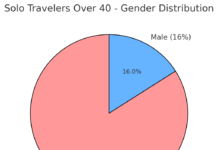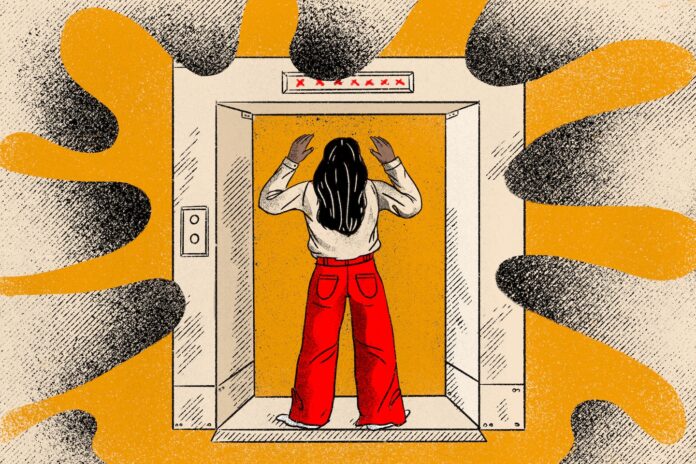There isn’t much dignity left in flying commercial. We go through stressful security procedures, wait in long lines, overpay for food and sit in tiny seats for the privilege — it’s a shame you have to add feeling harassed to the experience.
Currently, travelers are required to undergo screening at airport security by technology or “physical screening.” Most of us go through a millimeter wave advanced imaging technology (AIT) scanner — the machine you stand inside with your hands above your head. The scanner detects potential threats like weapons and explosives. Then there’s the walk-through metal detector — usually reserved for TSA PreCheck members or people with disabilities or medical conditions.
You can decline both tech options for a physical screening, which includes a Transportation Security Administration officer inspecting your body with their hands with a “sufficient pressure to ensure detection” of potential risks. Officers are to use the back of their hands when they touch sensitive areas, although they may need to use the front, too.
You’re far from alone in feeling violated by after a pat-down. Many have found it invasive since the TSA introduced the current procedure in 2017.
A spokesperson for the American Civil Liberties Union said the organization doesn’t have comprehensive data on the volume of pat-down complaints, but flier experiences still make headlines. While TSA policies prohibit unlawful profiling, the agency has been criticized for using screening methods that may encourage ethnic and racial profiling, particularly toward Muslims and people of color. There have been stories of invasive pat-downs of minors and transgender travelers, who have called for a change in protocols. Black travelers report their hair often triggers pat-downs, as does religious headwear, according to a 2022 report by the U.S. Government Accountability Office.
The TSA website notifies travelers that these enhanced screenings can involve sensitive areas of the body or may require you to “adjust clothing.” Officers are supposed to prepare you for the experience by telling you how they’ll do the search, according to their training. For example, “if the waist of an individual triggers the alarm, they will feel around the waistband,” said TSA spokesperson Lisa Farbstein.
Knowing it’s part of the rules doesn’t necessarily make a physical search less uncomfortable. Is there any way around it? Farbstein said the short answer is no, you can’t refuse a pat-down. If the millimeter wave scanner is set off, TSA is required to investigate.
“If somebody triggers an alarm at the checkpoint, the way to resolve the alarm is to do a pat-down,” Farbstein said. “This has been the procedure for years.”
Arli Christian, ACLU campaign strategist and lead attorney for the organization’s TSA work, confirmed this.
“Unfortunately, there is no clear way to opt out of pat down screenings if you trigger one of the AIT alarms or metal detector alarms,” Christian said in an email.
I asked if you could avoid a pat-down by requesting a second screening after attempting to remove whatever triggered the scanner, but Farbstein reiterated TSA’s stance: If the alarm goes off, you can expect a pat-down.
What you can do is ask for a more discreet pat-down in a private screening room with a TSA officer of your gender and a witness, like a second officer or a travel companion. You could get TSA PreCheck, which often allows travelers to use the metal detector over AIT screening, but you could still be flagged for extra screening if the alarm is triggered.
If it happens to you, Farbstein says to turn around and look at the AIT’s screen where you’ll see the outline of a human body. “This machine will put a yellow box on the area that has triggered in the alarm,” she said. Make note of the region or object, and keep it in mind next time you’re flying.
I wouldn’t expect these pat-downs go away anytime soon. The main goal of TSA, which was created after the 9/11 attacks, is to stop dangerous items from getting on planes — and every day, people try to sneak them through. TSA finds guns inside arm slings, a raw chicken and peanut butter, along with weapons like throwing stars and machetes. There was also the thwarted 2009 terrorist attack in which a passenger on a flight to Detroit tried to detonate a bomb hidden in his underwear.
“It’s all about security,” Farbstein said, adding that “the thing passengers like the least is to get a pat-down. Let me just tell you the thing that TSA officers like the least is to give a pat-down.”
Have a travel dilemma for By The Way Concierge? Send it to us here.

























